Digital Discovery: Making Your Event Stand Out in a Crowded Marketplace
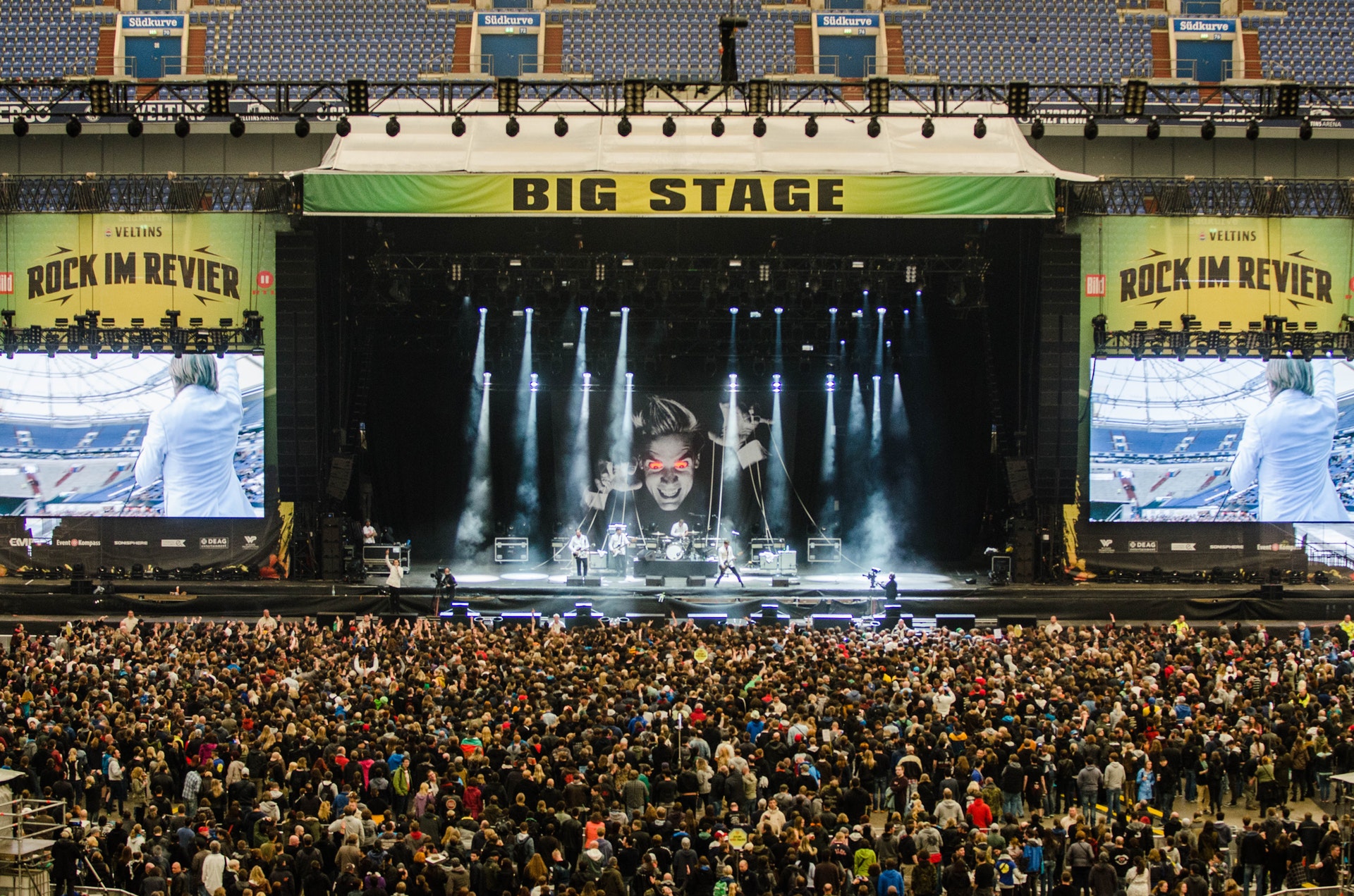
Have you ever asked yourself if your message is reaching your audience? Sometimes it can feel as though your engagement with your audience is lost through the traffic of distraction. It can feel like you are screaming and shouting about your upcoming shows and programmes but does it create anything apart from a headache?
Inspired by James Baggaley’s Digital Discovery at the Ticketing Professionals Conference in Birmingham this year, this week, we’re examining the reality of cutting through noise and traffic to directly target our audiences.
We're getting critical and looking at how we can cut through the noise and connect with our audience effectively.

When, Where and Who: From Event Discovery to Acquisition
Let's think about the most critical time to get a concise message to our potential purchasers: Event Discovery.
Event Discovery is where our potential audience members first learn about an upcoming performance or workshop at your organisation. They are still only potential audience members as they haven’t yet completed a transaction and purchased their tickets.
‘Acquisition’ is the next step where potential audience members may (or may not) become your audience. Think of this space as ‘no man’s land’ - it’s within this time frame that your audience members are in the driver's seat, and it’s your job to persuade them to attend and purchase their tickets.
Looking at some of the Insights that were shared with us during Baggaley’s Digital Discovery, let’s put ourselves in the shoes of our potential customers and draw a picture of who is buying and what they are after.
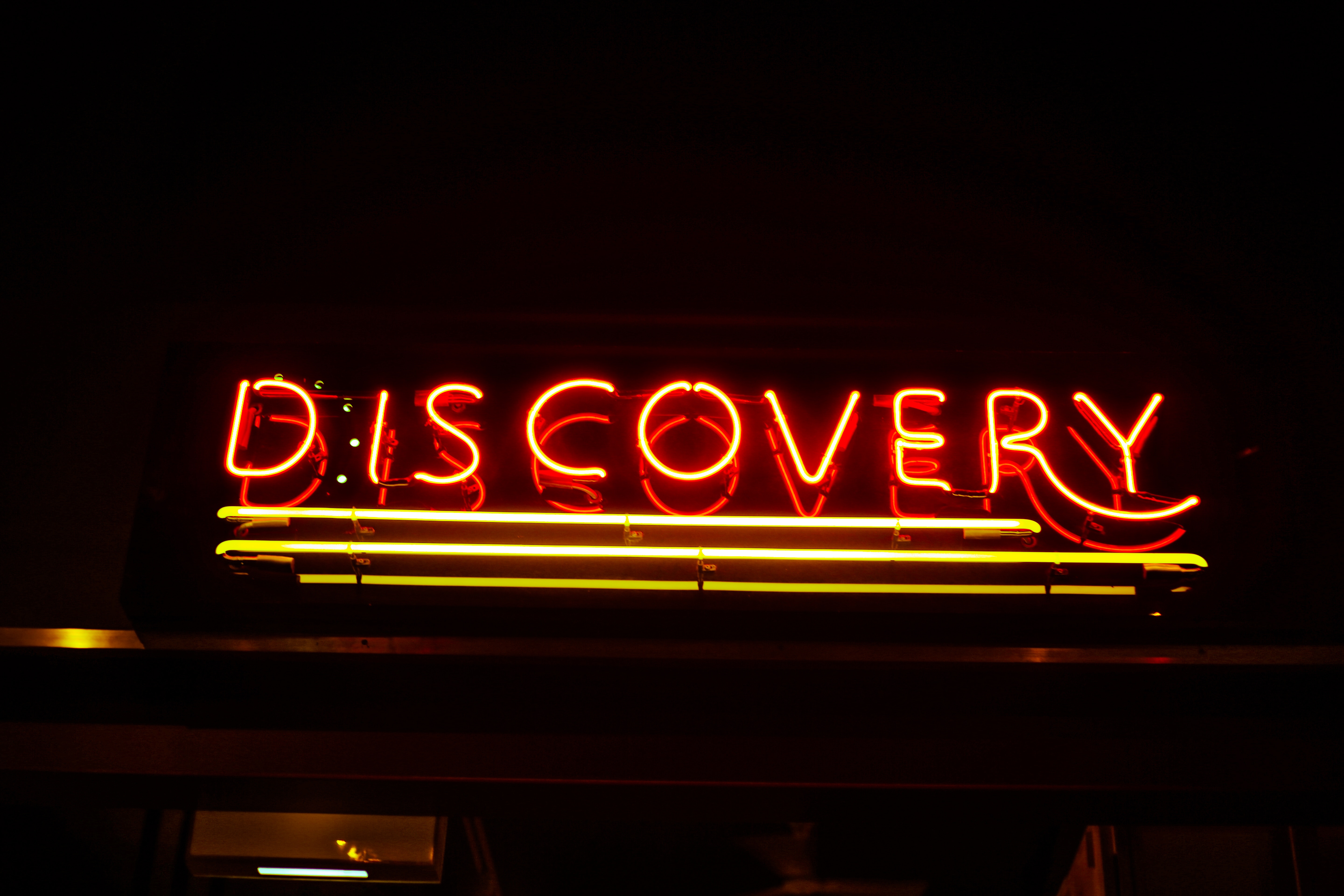
People Have No Idea What They Want (Until They See It)!
Are we really one bit surprised? When was the last time you could make a decision instantly - when was the last time knew exactly what you wanted for dinner? How about the last time you decided to go to the cinema - did you know exactly what you wanted to see? You next blog or next tweet ;)
With such a wide offering of genres and programming, it's worth considering the undecided nature of our potential audiences.
And it isn't just anecdotal, the data bears this out too: 1 in 3 people thinking about going to a live event don’t know which live event to choose.
We can look at this metric in two ways:
1. Makes our jobs as arts marketeers much harder as our audience members struggle with their decision making.
2. Creates flexibility within our marketing approach and allows us to build brand awareness and build trust, which we can, in turn, use to encourage our potential audience members to follow our recommendations and campaigns.
Rather than let our - hopefully soon to be customers - miss the opportunity to attend our venue, let's be optimistic and use this metric to our advantage :D
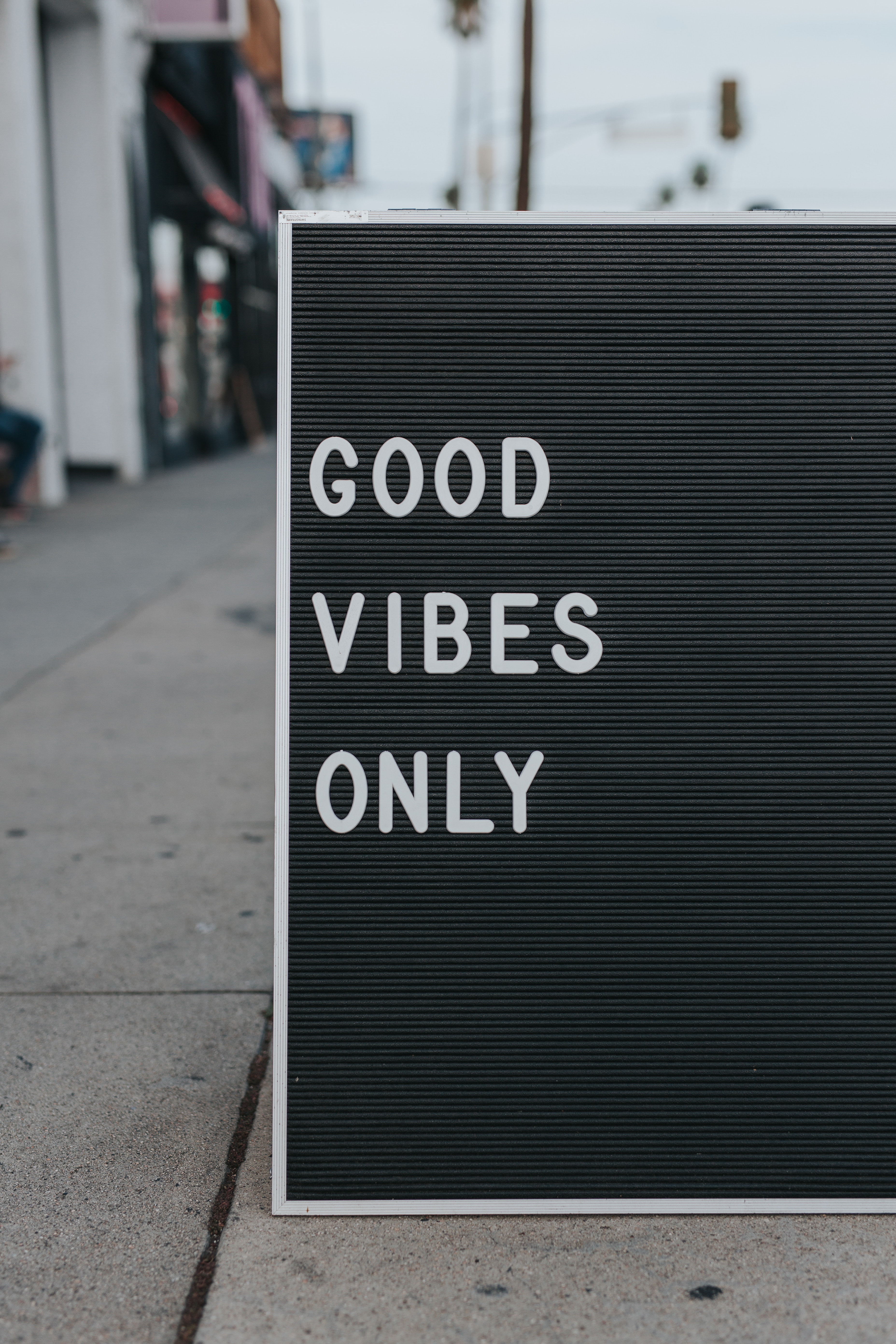
It's Brand Awareness: Help Your Potential Customers Choose You!
It isn't news that audiences are weighing their options when it comes to booking tickets. Nor is it particularly shocking that on average, audiences are deciding between an average of two events - there a number of variables at play in this decision-making process (timing, whos going, location etc.). But regardless of these variables, what we are ultimately after is that when your potential customer is making their decision, they choose your show or venue.
If we are going to woo that customer we need to start first with where they are doing their initial event/show/entertainment research.
The data shows that 79% of people use smartphones to look up information when starting research on what to buy. 79% is a big proportion of your potential audience, so we need to look a little more closely at how mobile behaviour is different than desktop because this can help us see what subtle direction we need to take with our marketing strategy.
With mobile research, customers are likely just starting the research process and (often) will complete a purchase once they are back on a desktop (though this is gradually changing). This means that during these early stages, customers are comparing and contrasting different options.
This is where strong brand awareness comes in.
Strong, clear branding and brand awareness can inspire your audience and helps keep them engaged and interested. And if you already building strong brand awareness through all your platforms, you are making the decision to click "buy" much easier for them.
Top Tip: Video
If we dig a little deeper, we also know that these same potential audiences are using social media sites, search engines and are landing on booking pages through online videos. Did you know that video has the most impact on consideration, with 25% of people reporting that it affected their purchase? Have you tried video campaigns? What about podcasting? Have you considered the possibilities through this new marketing tool?
Most People Spend Two Weeks Considering a Purchase!
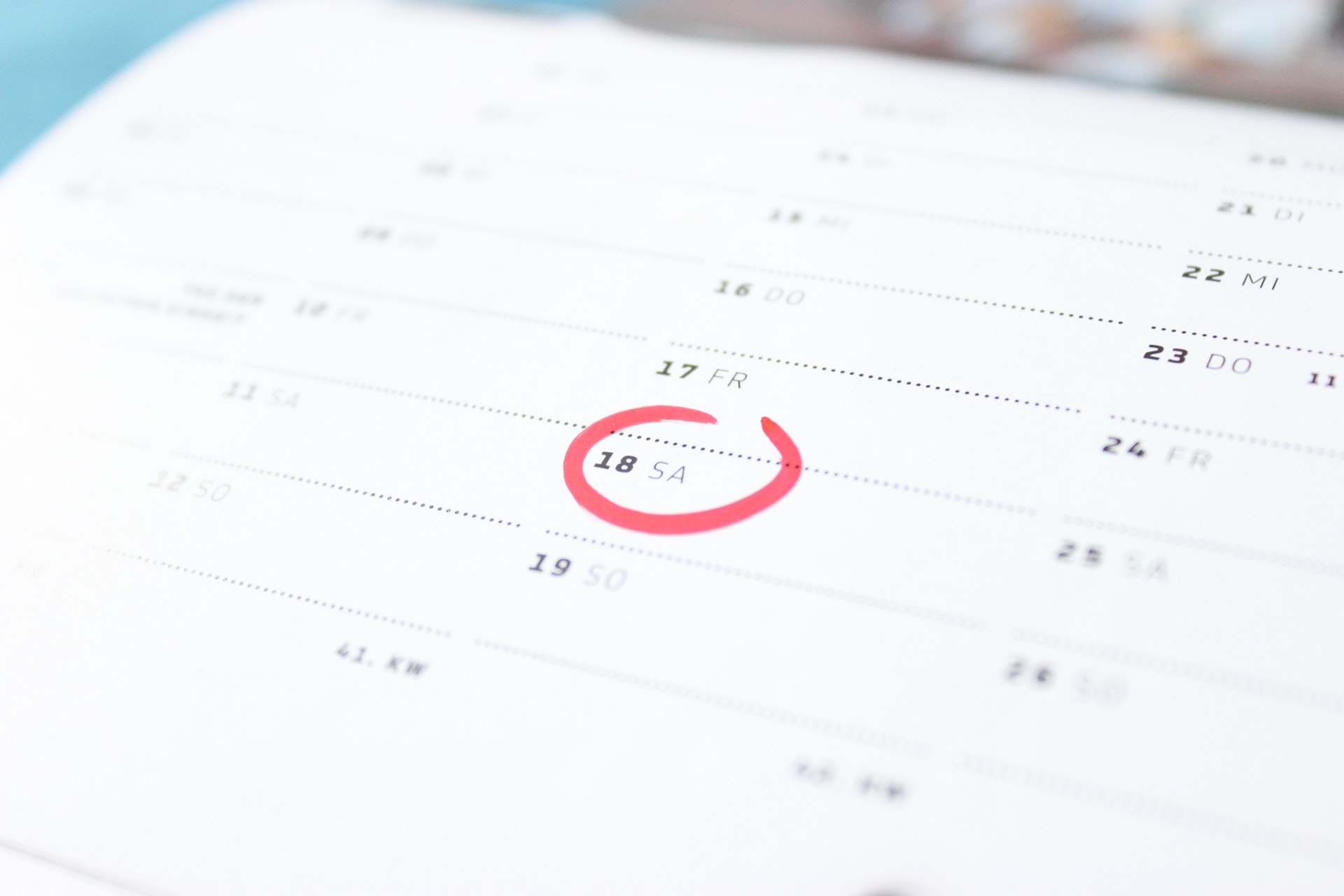
Timing is of course everything. Getting your message out in good time helps to build your brand awareness, but also create a buzz around the event or events you are pushing.
But there is another opportunity as well.
On average, people are not making immediate purchases for shows or events and are waiting for about two weeks before completing the purchase. So from initial research on mobile (probably) to actual purchase, you have two weeks to continue to push your branding and message and convert that potential customer into a customer. Ticketsolve can even help you keep your potential customers engaged over those two weeks with some of our smart Mailchimp automations.
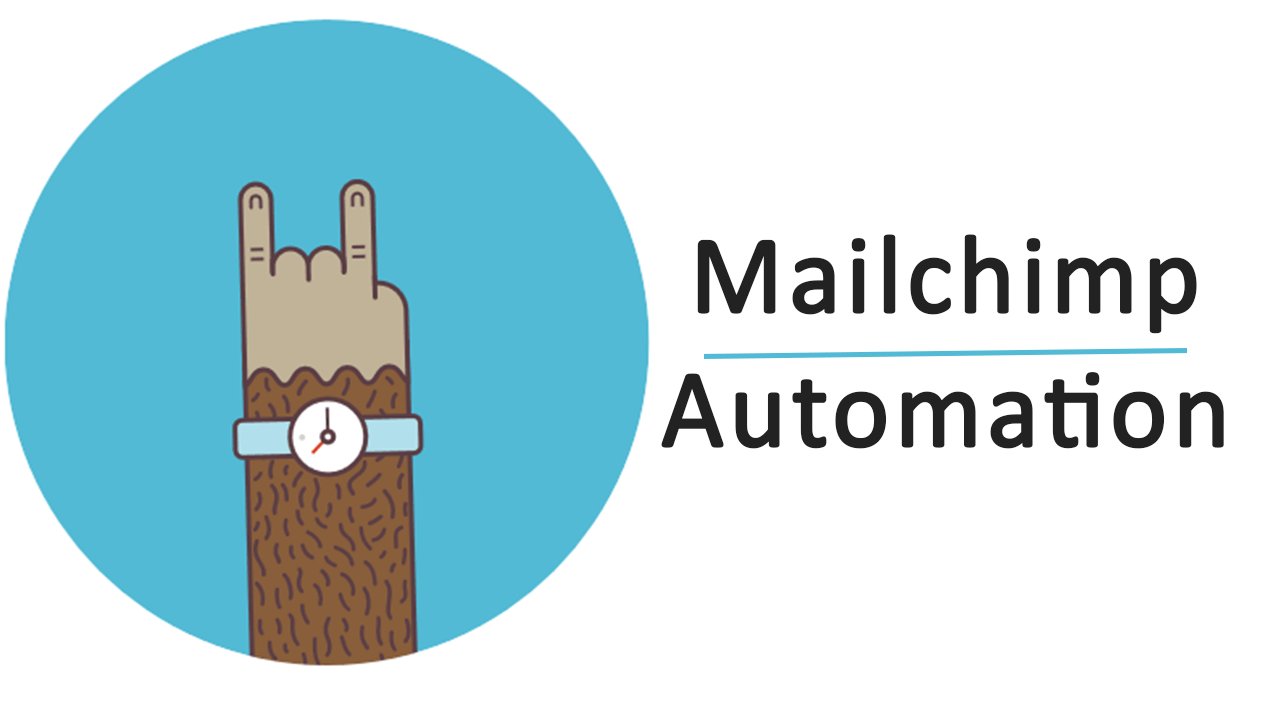
Putting it all Together!
Over the next few weeks, we'll look at the different ways we can pull all of this data together to further maximise our marketing campaign efficiencies. Now that we have gone through some of these considerations it's time to consider what they mean for your team, for your marketing efforts, and your relationships with your audiences.
Categories
Recent posts
Archive
- December 2025 (2)
- November 2025 (1)
- October 2025 (3)
- September 2025 (1)
- August 2025 (3)
- July 2025 (3)
- June 2025 (3)
- May 2025 (4)
- April 2025 (5)
- March 2025 (5)
- February 2025 (4)
- January 2025 (4)
- December 2024 (3)
- November 2024 (5)
- October 2024 (4)
- September 2024 (7)
- August 2024 (5)
- July 2024 (3)
- June 2024 (3)
- May 2024 (3)
- April 2024 (3)
- March 2024 (4)
- February 2024 (5)
- January 2024 (3)
- December 2023 (3)
- November 2023 (4)
- October 2023 (4)
- September 2023 (5)
- August 2023 (3)
- July 2023 (4)
- June 2023 (4)
- May 2023 (5)
- April 2023 (4)
- March 2023 (4)
- February 2023 (5)
- January 2023 (4)
- December 2022 (4)
- November 2022 (3)
- October 2022 (4)
- September 2022 (5)
- August 2022 (2)
- July 2022 (4)
- June 2022 (5)
- May 2022 (4)
- April 2022 (5)
- March 2022 (3)
- February 2022 (4)
- January 2022 (4)
- December 2021 (2)
- November 2021 (3)
- October 2021 (5)
- September 2021 (4)
- August 2021 (4)
- July 2021 (3)
- June 2021 (4)
- May 2021 (2)
- April 2021 (4)
- March 2021 (5)
- February 2021 (4)
- January 2021 (5)
- December 2020 (4)
- November 2020 (4)
- October 2020 (5)
- September 2020 (5)
- August 2020 (4)
- July 2020 (7)
- June 2020 (5)
- May 2020 (5)
- April 2020 (5)
- March 2020 (8)
- February 2020 (4)
- January 2020 (5)
- December 2019 (3)
- November 2019 (5)
- October 2019 (4)
- September 2019 (4)
- August 2019 (5)
- July 2019 (4)
- June 2019 (4)
- May 2019 (5)
- April 2019 (4)
- March 2019 (4)
- February 2019 (3)
- January 2019 (5)
- December 2018 (4)
- November 2018 (8)
- October 2018 (2)
- September 2018 (3)
- August 2018 (5)
- July 2018 (4)
- June 2018 (4)
- May 2018 (1)
- April 2018 (1)
- March 2018 (3)
- February 2018 (2)
- December 2017 (2)
- November 2017 (3)
- October 2017 (4)
- September 2017 (2)
- August 2017 (1)
- July 2017 (5)
- June 2017 (3)
- May 2017 (2)
- April 2017 (3)
- March 2017 (2)
- February 2017 (3)
- January 2017 (3)
- December 2016 (4)
- November 2016 (1)
- September 2016 (1)
- July 2016 (3)
- June 2016 (1)
- May 2016 (2)
- April 2016 (2)
- February 2016 (1)
- January 2016 (3)
- December 2015 (2)
- September 2015 (1)
- August 2015 (2)
- July 2015 (1)
- June 2015 (2)
- May 2015 (2)
- April 2015 (5)
- March 2015 (2)
- February 2015 (2)
- January 2015 (4)
- December 2014 (3)
- November 2014 (3)
- October 2014 (2)
- September 2014 (3)
- August 2014 (3)
- July 2014 (3)
- June 2014 (7)
- May 2014 (6)
- April 2014 (3)
- March 2014 (2)
- February 2014 (1)
- January 2014 (3)
- December 2013 (1)
- August 2013 (1)
- June 2013 (1)
- April 2013 (1)
Sign up for regular updates


